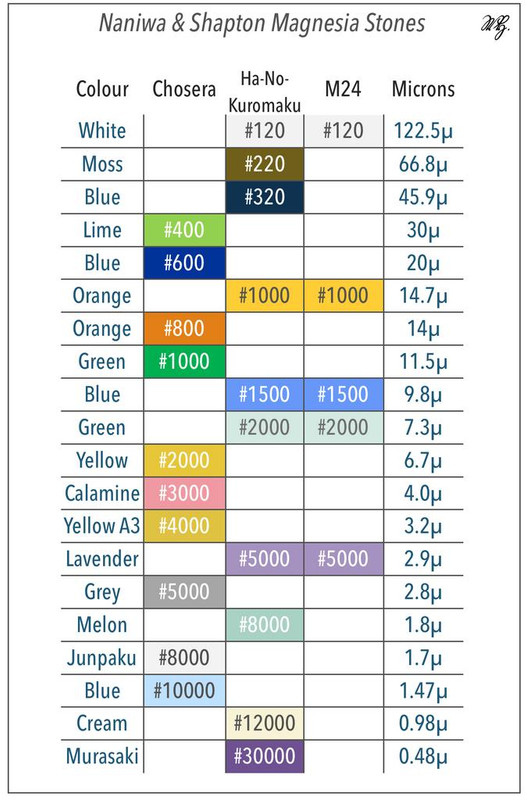- Joined
- Jun 30, 2017
- Messages
- 442
Hello knife folks!
So i have a problem with micro chipping. I have recently purchased another higonokami which has a paper blue steel blade and i tried to sharpen it (as i do with all my new blades) and for some reason i keep experiencing micro chipping.
After reading about it for a little bit i came across a thread that said it might be due to too using much pressure, too coarse of a stone or maybe a factory error.
Do you guys have any advice and how to get rid of those micro chips?
Whats the best angle to sharpen your blades? I usually go with 15-20 decrease.
Thanks!
So i have a problem with micro chipping. I have recently purchased another higonokami which has a paper blue steel blade and i tried to sharpen it (as i do with all my new blades) and for some reason i keep experiencing micro chipping.
After reading about it for a little bit i came across a thread that said it might be due to too using much pressure, too coarse of a stone or maybe a factory error.
Do you guys have any advice and how to get rid of those micro chips?
Whats the best angle to sharpen your blades? I usually go with 15-20 decrease.
Thanks!

